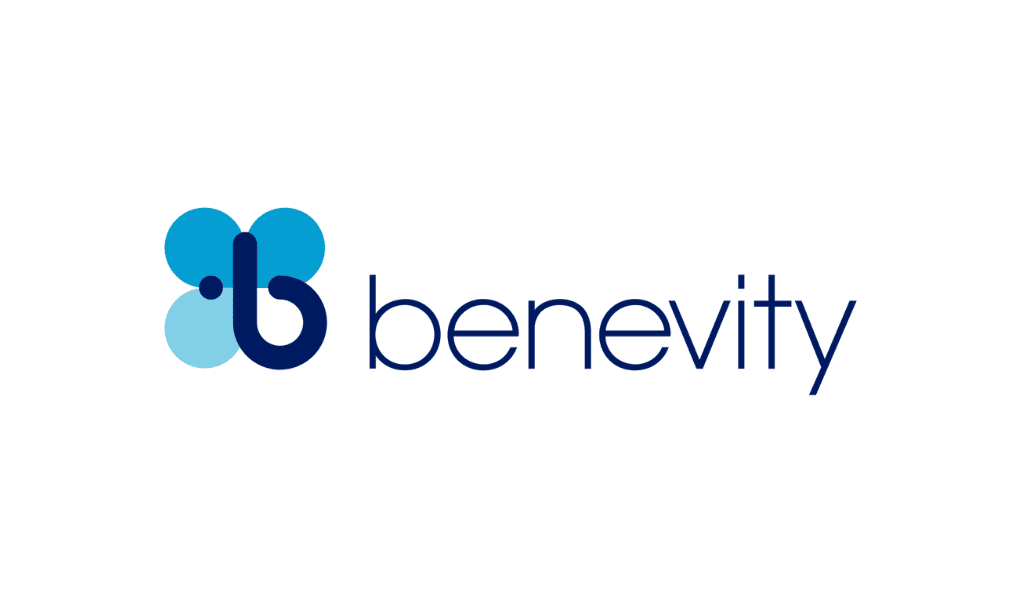Organizations can maximize the impact of their recognition programs by offering experiential rewards.
By Christa Elliott
The research is clear -employees want to be recognized at work, and according to a 2016 Gallup poll, only 51 percent of workers are satisfied with the recognition they receive at work. But when approaches such as social recognition or monetary rewards aren’t resonating with employees, there is another option. Using experiential rewards can be an effective way to engage employees through a personalized approach, proving to them that their employer values what they bring to the table.
Often leveraged by the consumer sector to enhance loyalty programs, experience-based, non-cash rewards are now a popular employee recognition tactic. The Incentive Research Foundation’s 2016 Trends in Incentive Travel, Rewards, and Recognition study found that when it comes to large awards, most employees cited experiential travel rewards as their number one preference. Although recipients of small awards showed a high preference for cash, 65 percent of respondents still said they’d select a non-cash award if dollar value and all other elements were equal. Organizations are taking this trend in stride and expanding their rewards offerings to include more experiential rewards.
These rewards can take many forms, including experiences such as vacations, classes, and happy hours. First and foremost, their purpose is to illustrate to employees that their personal preferences, families, and hobbies matter to the company and its management team. They are just as much about tying the employer brand to positive memories and feelings as they are about recognizing a job well done.
“Truly experiential rewards systems are not limited to travel, shows, or classes, but rather they provide a broad enough range of choices that help employees express their personalities, invest in their hobbies, participate in the activities that bring them happiness and joy, or do something nice for others who may not be as fortunate as themselves,” says Jonathan McClellan, employee recognition segment director for Hallmark Business Connections. “And when companies can unleash this potential through their recognition and rewards programs, they are more likely to increase loyalty and engagement.”
Giving employees a reason to stay and strive for their best is becoming harder and harder in today’s competitive job marketplace. In fact, according to a 2016 study from Willis Towers Watson, over one quarter of employees are at a high risk for turnover -many of whom have mission-critical skills or are top performers. The opportunity to bolster employee retention and engagement cannot be overlooked.
Improving Engagement
According to a study by Socialcast, 69 percent of employees would work harder if they felt their efforts were better appreciated. It should be no surprise that adequate recognition is a necessary part of the productivity and engagement equation.
And not just any type of recognition will do. Although many companies rely on cash rewards to satisfy employees’ need for recognition, research from Globoforce‘s WorkHuman Research Institute shows that experiential and gift-of-choice rewards are 8.5 times more effective in boosting engagement than cash. These rewards also don’t suffer from the problem of inflation, and employees are less likely to feel entitled to repeat rewards.
“Research from Globoforce’s WorkHuman Research Institute shows that to have an impact on someone’s level of engagement or to have an impact on someone’s probability of leaving an organization -which are two big important factors that companies are often trying to drive -four experiential rewards [annually] would have an impact,” says Derek Irvine, vice president of strategy and consulting at Globoforce.
The Power of Choice
One key way to help employees feel engaged and connected to their current job is to empower them to choose how they’re rewarded instead of leaving that decision up to a manager or HR team member.
“In an ideal world, the manager should be in the best position to know how to motivate, recognize, and reward each of their employees. However, in practice, managing people is hard enough without also tasking managers with needing to know what experiences are going to be right for all of their employees,” says McClellan.
Instead, managers should focus primarily on the act of recognizing -identifying the right behaviors and providing timely feedback and reinforcement -rather than sourcing rewards that they hope will resonate with their staff. When it comes to rewards after all, every employee is looking for something different. Some employees may have always wanted to try indoor skydiving for example, while what another employee really wants is a day at the spa.
Corporate culture should also be considered when crafting reward options. Company-wide events, such as picnics and happy hours, can be an enjoyable perk in offices with tight-knit social structures, but for an organization with mostly remote employees, these events may feel inconvenient and awkward.
“My opinion is that the choice should always be driven by the participants, which is driven by what their wants are and what their desires are,” says Chris Esposito, senior vice president of global sales for Engage People. “An experiential reward is not for everyone. A flat-screen TV is not for just anyone. The power of choice is a trend and has been for a while, and as far as I can see, it will continue to be.”
Some participants might choose a weekend getaway, others will prefer concert or theater tickets. Wine tastings, laser tag, or a chance to rent their dream car for a day are some other unusual options that an employer can now offer. Esposito also emphasizes that although not all employees will prefer an experiential reward over a monetary or material prize, choice-oriented experiential rewards can have a place at even the largest or smallest organization. “At the end of the day, it’s about what is motivational for the participant,” he says.
Cost Efficiency
Of course as with any HR effort, cost is a factor. Contrary to popular belief, the experiences offered up by this type of rewards program don’t need to cost a small fortune. They can actually cost less in the long run than monetary or mercantile rewards because they yield a higher impact per reward and create savings by reducing turnover. By boosting engagement and satisfaction, employees are less likely to leave, and organizations don’t have to spend time and money on interviewing and hiring a new employee. The 2016 Human Capital Benchmarking Report -created by the Society for Human Resource Management (SHRM) -found that between creating a job posting, interviewing, and covering other hiring costs, the average cost per hire is $4,129. The study also found that it takes an average of 42 days to fill a given position. This money -or even just some of it -could have been better spent on programs that encourage retention.
Irvine says that determining whether a reward type is cost effective depends not on bottom-line cost, but on the final ROI. For example, If a company aims to increase engagement by 20 percent, whichever recognition method achieves that goal at a lower cost is the most cost effective. Could the company decide to give an arbitrary amount of cash instead? Yes. But if that amount isn’t enough to increase engagement by 20 percent, then the gesture is not cost effective. “Cash seems simple, but it’s so expensive because you end up having to give more of it to make an impact [and achieve the ROI,] Irvine says.
At the end of the day, however, Irvine believes that cost considerations should never override the intended purpose of recognition: “The point is to celebrate engagement, it’s to try to retain people,” he says.
Technology
Today’s technology can also play a role in making rewards programs more cost-effective and expand employees’ power of choice in selecting their preferred rewards. A customized recognition platform streamlines the process and encourages use. When selecting a platform, look for an intuitive design that makes selecting rewards as simple as possible and provides value to the participant simultaneously. Esposito also suggests that points-based systems -in which employees earn points for their accomplishments and then redeem them towards rewards -can be an effective solution to the problem of cost efficiency.
In these systems, organizations are at liberty to create a points system. Organizations can decide the number of points that are earned with tasks and accomplishments and how many points each reward “costs.” Some companies with these systems might even break a larger reward into smaller pieces (ie. 100 points earns the flight, 200 points earns the hotel etc.) so that employees can feel the gratification of unlocking multiple rewards, all with the hopes of saving up for that grand prize.
The right technology, which includes all-in-one travel sites such as Orbitz and Priceline and experience-based coupon apps such as Groupon, will also be able to scour the web for the best deals on travel, lodging, and unique outings.
SIDEBAR: Making the Most of an Experience
Experienced-based rewards should be personal to each employee, but employers can offer a wide variety of options for them to choose from. Their selections will depend on a number of factors, including the company culture, but here are a few ideas that can show employees that they’re valued.
• Company events at zoos, museums, aquariums, ranches, and parks
• Weekend getaways
• Spa services
• Movie night packages
• Company happy hours
• Sporting events
• Bowling parties
• Laser tag
• Golf outings
• Water or amusement park admissions
• Concert or theater tickets
• Ski trips
• Company picnics
• Vacation packages
• Indoor skydiving
• Wine tastings
• Dinner reservations
• Volunteer opportunities
• Giving to a charity of choice
• Dream-car rental














